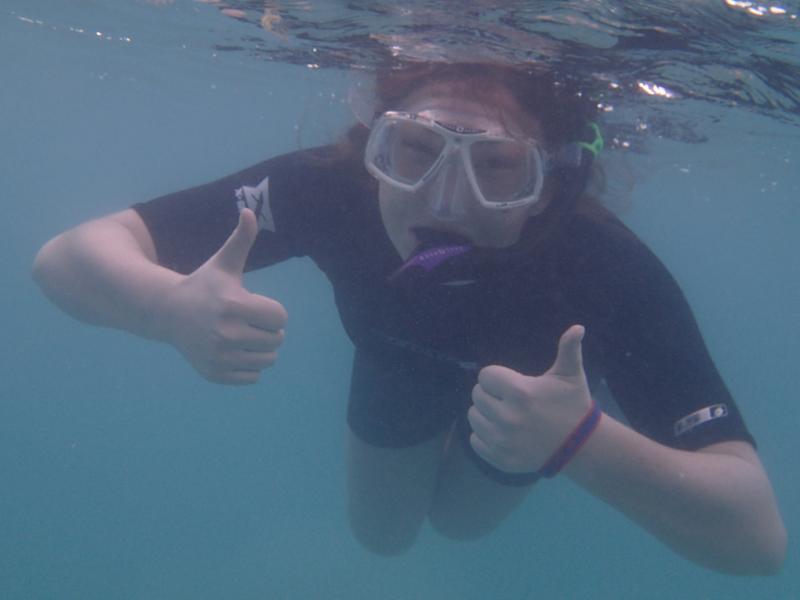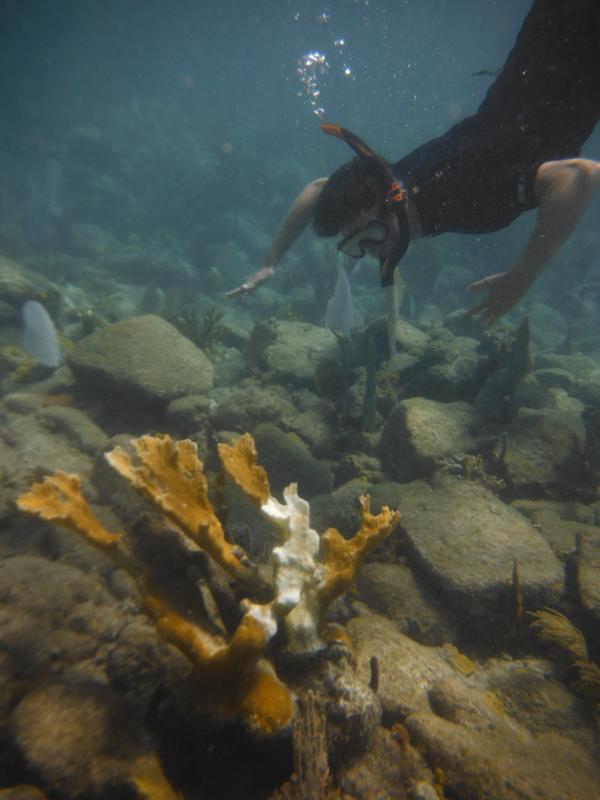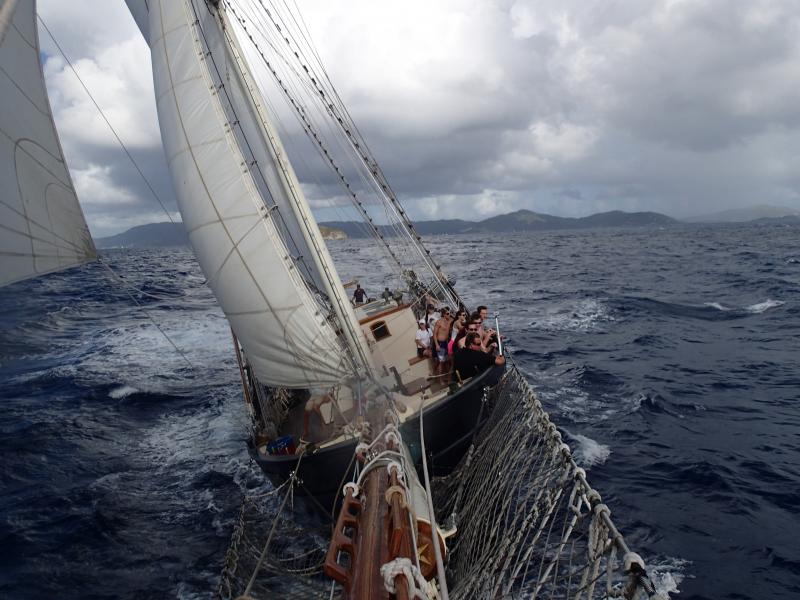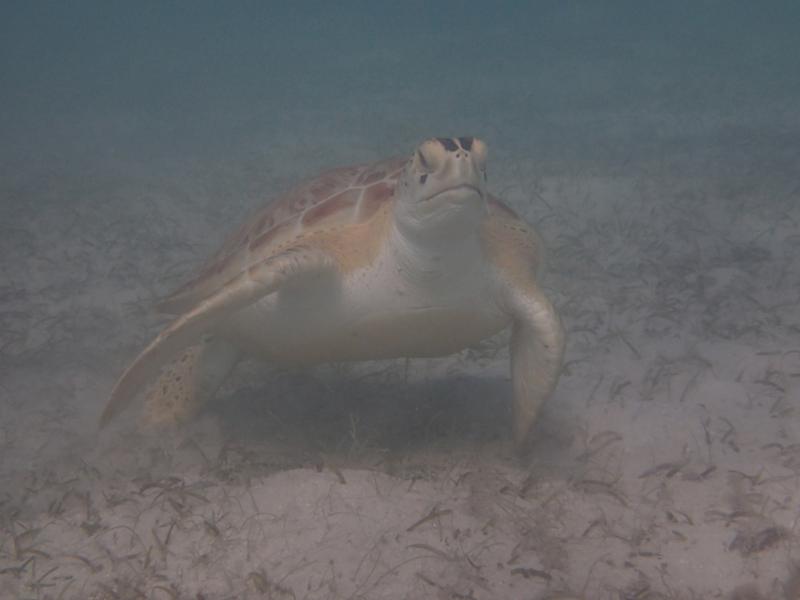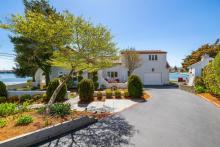Tabor students dive into Caribbean studies program
At dawn, the student researchers jumped into the lucid blue waters of the Caribbean Sea.
Armed with technology, the team swam to identify critically endangered Elkhorn coral, working to catalogue the disappearing species.
At day’s end, the location of more than 200 coral colonies was noted, photographed and entered into a database, for use by the National Parks Service and the U.S. Department of the Interior.
This was a typical day for Tabor Academy students participating in the school’s Caribbean Studies program. Every three years, the school’s 92-foot schooner Tabor Boy sets sail for the Caribbean at the start of winter.
Students travel south and escape the cold for a few days to live and work on the ship. The trip caps a semester’s worth of work where students received GPS training, learned identification skills and read about Caribbean culture in general.
The goal is to compile data on Elkhorn coral, said Rick DaSilva, a Tabor teacher who spent time on Tabor Boy this winter.
Since 1980, Elkhorn coral – an integral part of the Caribbean’s ecosystem – has been on the decline. Over the past 30 years, it’s estimated that 90 to 95 percent of the coral has been lost.
DaSilva credits Program Director and Tabor professor Dr. John Crosby for revamping the program in 2005. At that time, a deal was struck with the federal government, which had limited resources for studying the coral.
“What’s great about this is the Parks Service only has a handful of people that can get out and study the coral. So the work we’re doing in six weeks is worth years and years of work to the Park Service,” DaSilva said. “They just don’t have the manpower.”
The students are broken up into small teams and each has a device that records the coral’s location and other information. Another team member dives down to note the coral colony’s size and health. The third person photographs the coral.
“It’s an incredible system,” DaSilva said. “Through the years, the kids have gathered a lot of information through the years, and that allows them to see what kind of diseases or issues might be facing the coral.”
For students, the draw is the ability to do hands-on research science.
“I was surprised by how varied the different locations were,” senior Holly Francis said. “We were in one bay for research, but depending on where we were, there would be no Elkhorn coral or tons of it.”
Each day, students spent between four to five hours in the water. Using snorkels they dove beneath the waves to document coral.
“What we’re doing down there is really important,” she said. “And the fact that I’m a part of that research is incredible.”



